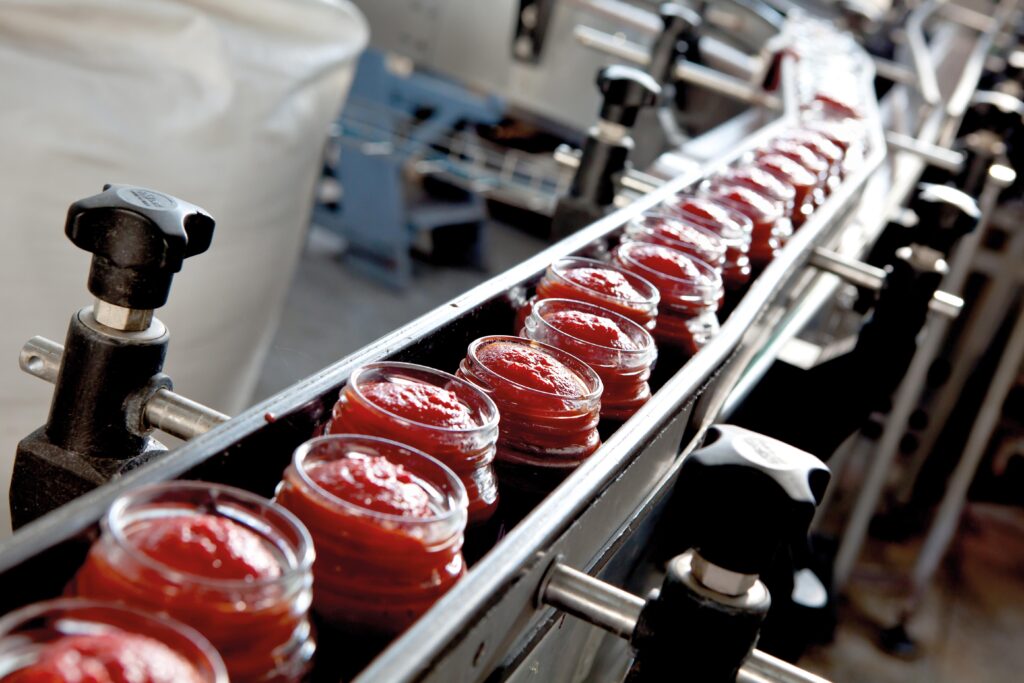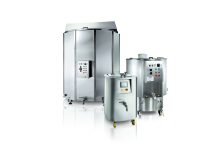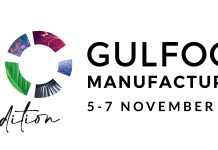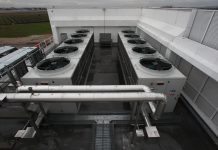
The purpose of a recent study carried out by a group of international researchers (Al-Hilphy et al., 2021), was to explore the impact of halogen drying temperature (varying between 60 and 80°C) on drying kinetics and some sensory and physical properties of tomato slices. In addition, experimental data was used to develop a new predictive model, whose performance was compared with that of previously proposed models.
The study shows that increasing the drying temperature from 60 to 80°C reduces the drying time from 150 to 106 min., but increases energy consumption. Furthermore, it was noted that, under all conditions tested, the drying rate is not constant during the process, while the effective moisture diffusion varied between 7.96 x 10-9 and 1.07 x 10-8 m2/s.
The samples with the best sensory evaluation were those treated at 60°C. The authors point out that the color parameters (L*, a*, b*, a*/b* and ΔE) were significantly affected by drying temperature. The browning index and mass transfer coefficient increased significantly with the increase of the drying temperature.
In conclusion, considering its ability in saving energy consumption, reducing drying time and producing high-quality products, this innovative process – even if it needs further study – showed a good potential for upscaling compared with conventional technologies.
Microbial inactivation in tomatoes with an innovative water-assisted Ultraviolet C light technology
The purpose of a recent study, carried out by a group of Spanish researchers (Abadias et al., 2021), was to assess the efficacy of a new ‘clean’ technology for the disinfection of fresh tomatoes and processing wash water. In particular, this technology is based on the combined use a water-assisted UVC light device (WUVC).
First, wash waters with different turbidities were inoculated with Listeria innocua and treated in the WUVC device at different dosages. Secondly, fresh tomatoes, inoculated with L. innocua and non-inoculated ones, were treated using the WUVC device containing wash water of different turbidities for different times.
The results show that the reduction of L. innocua populations was influenced by turbidity: lower reduction values were observed at higher turbidities. It has also been observed that washing tomatoes with tap water with UVC lamps off significantly decreased the L. innocua populations on the surface of the fruit, but not to those that end up in the water.
Contrarily, when UVC lights were on, L. innocua population in wash water after treatment significantly decreased. In conclusion, the results obtained so far are very promising for the development of a new ‘clean’ technology to be used for disinfection in tomato processing, but further research is needed to improve the performance of the proposed system using water with a certain degree of turbidity.
References
A.R. Al-Hilphy et al., Journal of Food Process Engineering, 44, 2021, e13624; Abadias et al., Food Microbiology, 94, 2021, 103631.



